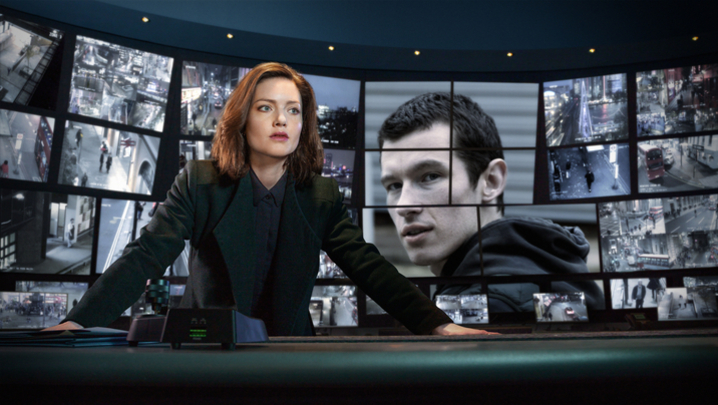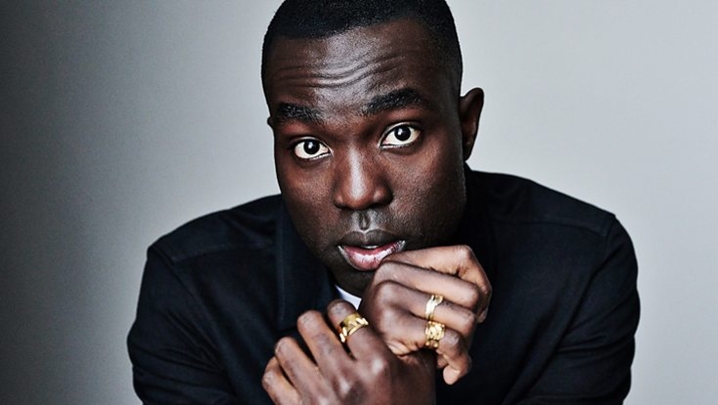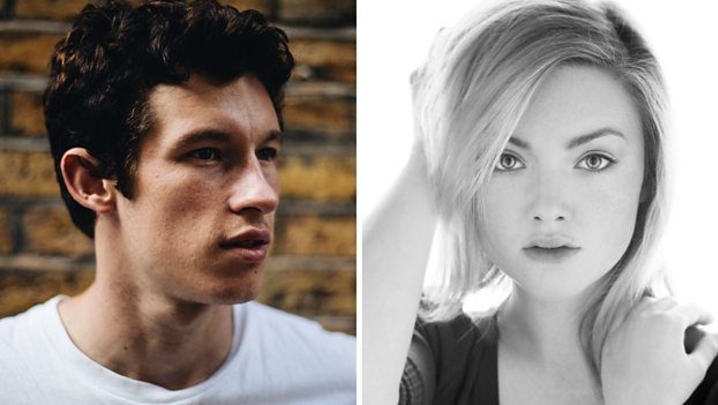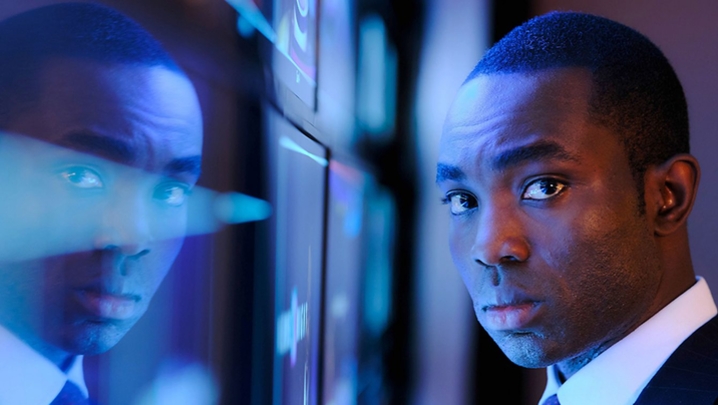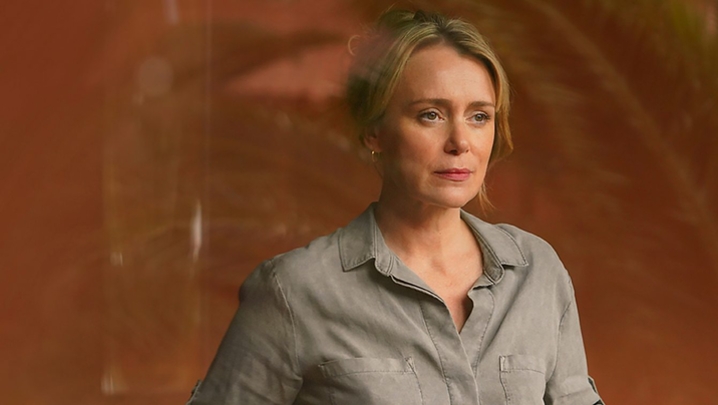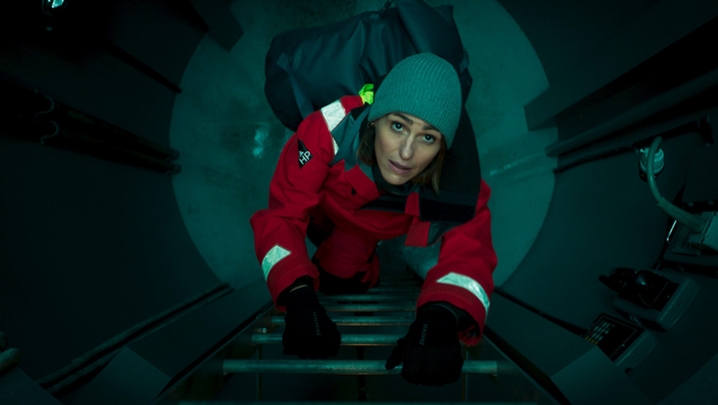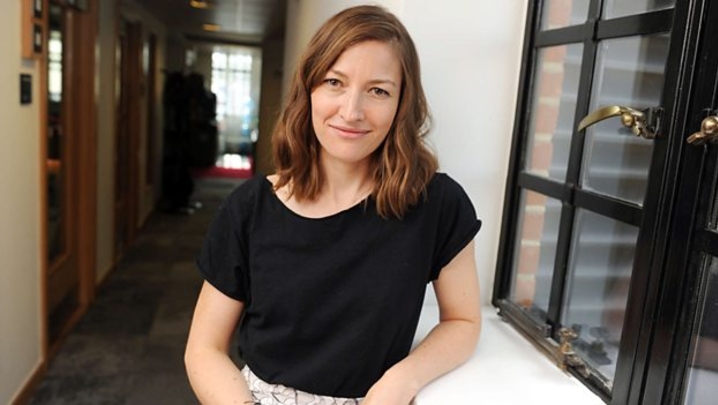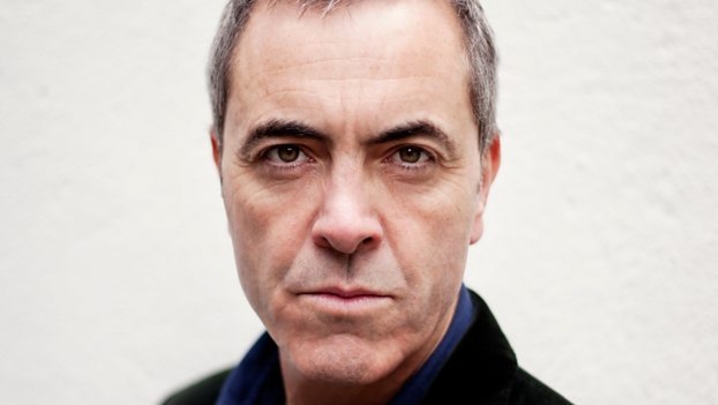'CCTV director' may not be the first job you expect to see on a call sheet, yet the role is a specialism that is gradually rising in popularity.
With previous credits as a “computer visual artist” and “surveillance artist” in the likes of Spooks and espionage film Criminal, CCTV director Mark Doman has helped to carve out this recent role in the television landscape.
A CCTV director is responsible for replicating the style of surveillance footage and will shoot high-quality footage from long distances using a combination of GoPros, small cameras, zoom lenses and underwater cameras, which is then compressed to lower resolutions to produce a surveillance aesthetic.
Once edited, the footage is then cut into the drama and played on monitors, on-location, to recreate surveillance control rooms.
“I am my own team and I may get help occasionally but fundamentally it's just me, my camera and the stand,” he explains.
In BBC's recent crime drama The Capture, the recreation of video surveillance - and it’s ethical implications - is a driving force of narrative. “It was written for me in some ways”, jokes Doman, who acted as CCTV director for the series.
The Capture follows Shaun Emery (Callum Turner), a discharged soldier, who is absolved from a murder charge as a result of faulty video evidence.
Emery finds himself at the centre of another investigation when CCTV evidence places him at the scene of a potential kidnapping, which forces the soldier to question if he committed a crime he claims he’s innocent of.
DI Rachel Carey (Holliday Grainger) takes lead on the case and secures CCTV footage of the event, but after witnessing Emery’s reaction to the evidence, Carey’s investigation quickly expands into the moral implications of using staged CCTV footage to incriminate potential suspects.
“[The Capture] was the first time I could actually start shooting [footage] that was challenging,” reflects Doman. “What am I looking at? Is this real? Is this not real?”
Filmed in 4K, Doman explains his rushes were filmed primarily using a standard Sony camera and compressed down to 2K and lower resolutions, in order to match the footage from the original drama and conceal members of the public.
To simulate surveillance monitors, Doman would edit brief videos which would then be played through monitors to further the narrative.
One example, he notes, was the interview between DI Carey and Emery in the climax of the first episode, where Emery is confronted with surveillance footage that depicts the former soldier assaulting his barrister Hannah Roberts (Laura Haddock).
“It was a long day filming that scene,” says Doman. “It was really well crafted and Callum's [acting] was amazing - as soon as he looks at that laptop and suddenly goes, ‘hang on', that didn't happen in his mind - or did it? I mean that's the key – I like the idea of how it plays with your memories.”
“I would initially go out and film lots of London and Sutton, day and night to get some of the background material,” Doman explains. “We had lots of coverage across what looked like the entire country.”
“When they started filming the actual drama, I would then go along and I'd have highlighted bits where I would go in and film my scenes - that should be played on screens or full screen in the edit. And together with Ben [Chanan], we [work out camera angles].”
Doman explains that his work was not so collaborative at the beginning of his career as a street photographer.
During this time, Doman recreated surveillance art from the mid to early 90s which captured the fallout of the community in Grimethorpe after the closure of the mining pit during the 1980s.
Forming the basis of his future profession, Doman capitalised on his skills when he joined Spooks, he explains, “[Spooks] suddenly brought two things together that I do, which was make some kind of surveillance art and I could actually add it to a TV drama.”
“I came up with this idea of putting surveillance into [dramas],” Doman adds. “I would go out and shoot the scenes, shoot the actors, follow the crew around and slowly built it up.”
He notes that as the series progressed, so did the amount of scenes that incorporated CCTV footage.
“In the first series I did 10 to 13 scenes an episode. By the time I was finishing, I was doing 30 or 40 scenes," says Doman.
Reflecting on the advice he would want to have heard at the beginning of his career, Doman adds: “You've just got to be very attentive and mindful of what that script's doing.”
“You've got to be enthusiastic, really interested in the subject you're working on - it's not just about going to a set and filming a scene.”
He continues: “The collaborative experience is, for me, the most important thing, so when you're on set, or when you're doing pre-production - it's all about [developing ideas], constantly talking about, ‘how we can make this drama better?’”
Watch the full series of The Capture on BBC iPlayer.


